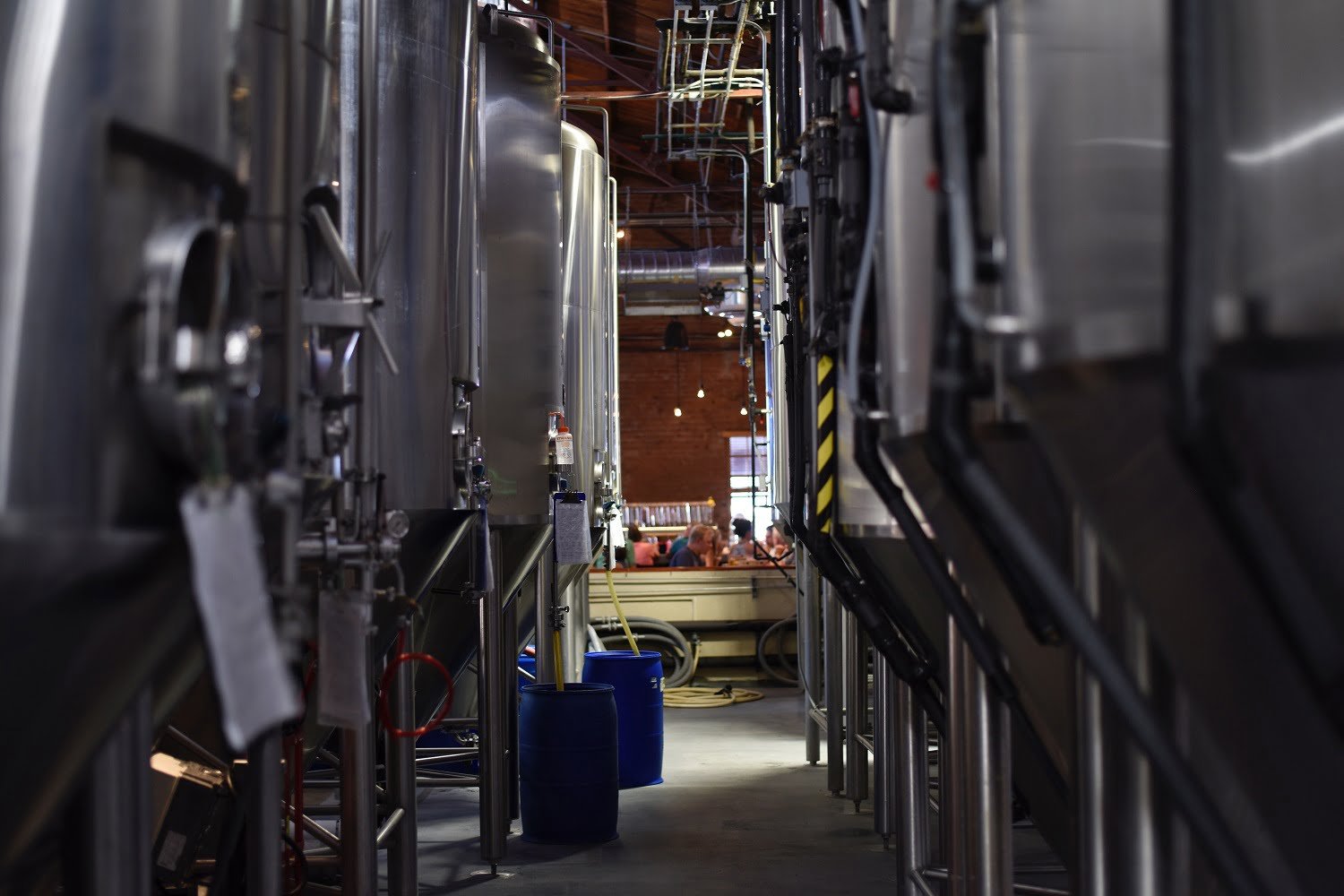
As part of continuous maintenance routines designed to reduce the risk of cross contamination and with a strong focus on creating safe, hygienic and clean production environments, it is currently standard practice in most facilities producing food and beverages to employ food grade lubricants. This approach gives manufacturers working in the sector full traceability while ensuring audit compliance and offers peace of mind that at every step of production, care and measures have been taken that protect the brand or company’s reputation.
While the term ‘Food grade’ does not really possess a particular definition, it is used to generically refer to a certain product that is an appropriate choice for use in a specific aspect or area of food production. If the product is used correctly on site, the term can be used to cover an extensive selection of situations and materials in a production environment. However, the use of an incorrect product in the incorrect place or circumstances can create a risk of contamination, which is exactly the scenario enterprises in the food and beverage manufacturing industry are seeking to sidestep.
It’s worth noting however, that not all food grade lubricants are created equal. In this blog, we’ll look at how operations can pick the most suitable lubricants for maintaining their equipment across their production plant.
Be aware of NSF registration
An international, independent organisation, NSF was established to develop public safety and health standards by providing dedicated services for testing and certification.
As a result, lubricants that are available to buy that are listed with their formulations officially registered with NSF can now be considered appropriate for the category of use that they are registered for. Tested and certified for use, all lubricants that have been NSF- registered will display the authentic NSF logo and the relevant category code or codes for which they are registered, along with their designated NSF registration number.
There are some NSF categories that will confirm that the registered lubricants are safe to come into incidental contact with beverages and food. However, there are specific concentration limits that determine ‘incidental’ contact for a wide range of different materials. As a result, it will be the responsibility of HACCP programmes to firmly establish whether the level of contact is incidental in the limitations set out in the NSF regulations.
Select the right lubricant needed for the job
Various production environments and operating machinery will have different requirements when it comes to maintenance. Consequently, it is not always as easy as just selecting a product that is NSF registered product and assuming that it will be appropriate for use on-site.
The NSF has set up a set range of dedicated usage categories for different maintenance products, defined by codes. It is essential to know what these NSF category codes mean, and how and where different classes of food grade products can be employed in facilities where food and beverages are produced.
NSF H1
Lubricants labelled H1 are for use in food processing areas where any incidental food contact is tolerated. A food industry misconception is that NSF H1 lubricants ensure food product integrity and safety. However, an H1 lubricant is only safe for food contact defined as incidental. As mentioned, HACCP programmes must establish whether the level of contact is incidental in nature.
NSF H2
This category is not considered food safe and only covers lubricants that can be employed in a food processing area where there will be zero contact with beverages and food.
NSF 3H
The classification refers to release agents suitable for use where contact with food is within specific limits established regulations.
NSF HT1
Product labelled with HT1 are indicative of a heat transfer oil that is appropriate for use in environments which will involve incidental food contact taking place.
NSF K1
Covers degreasing and cleaning solvents. These products should not be used in processing areas where food and beverages are produced.
NSF K2
Indicates solvents used to cleaning electronic devices and instruments. This category is suited for use in food processing areas.
NSF K3
Employed for glue or adhesive removers. All products within this category are suited for use in processing areas provided they are washed off using detergent and rinsed thoroughly.
NSF A1
Covering general cleaning compounds, these products are suitable for use both in and around food processing areas providing that they are rinsed off after use.
NSF A7
This category denotes metal polishes suited to use on non-food contact surface located in and around areas where food is processed.
NSF C1
Finally, this category covers products suited for use in any inedible product processing, exterior areas and non-processing areas of food production facilities.
In sum, while the term food grade is a widely used expression, it is vital to acknowledge the specific requirements of every maintenance and operational process in a food processing facility.








































